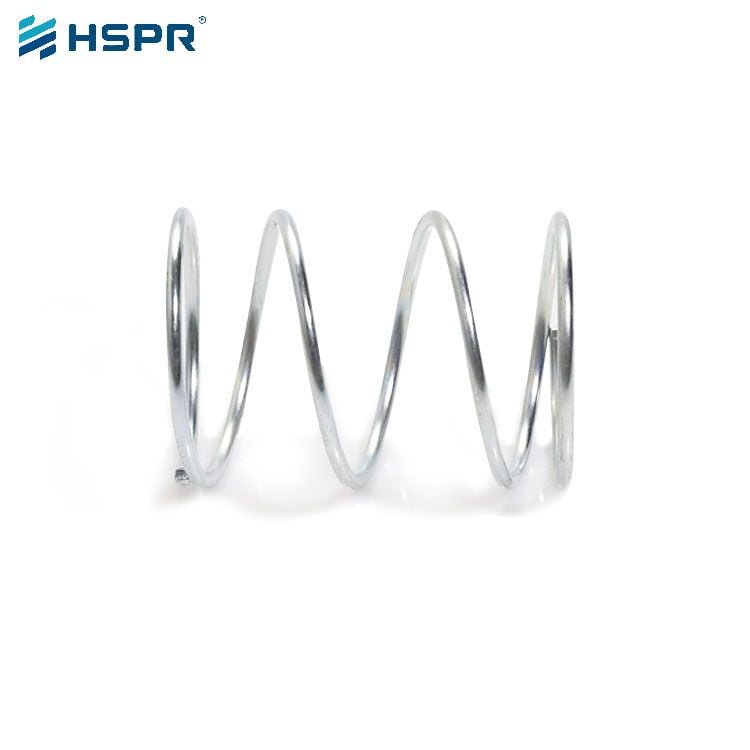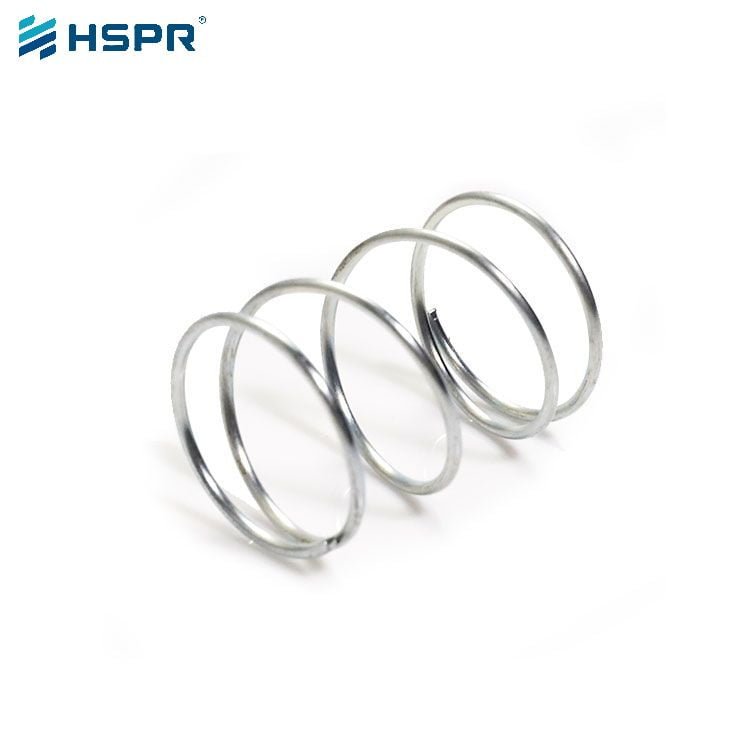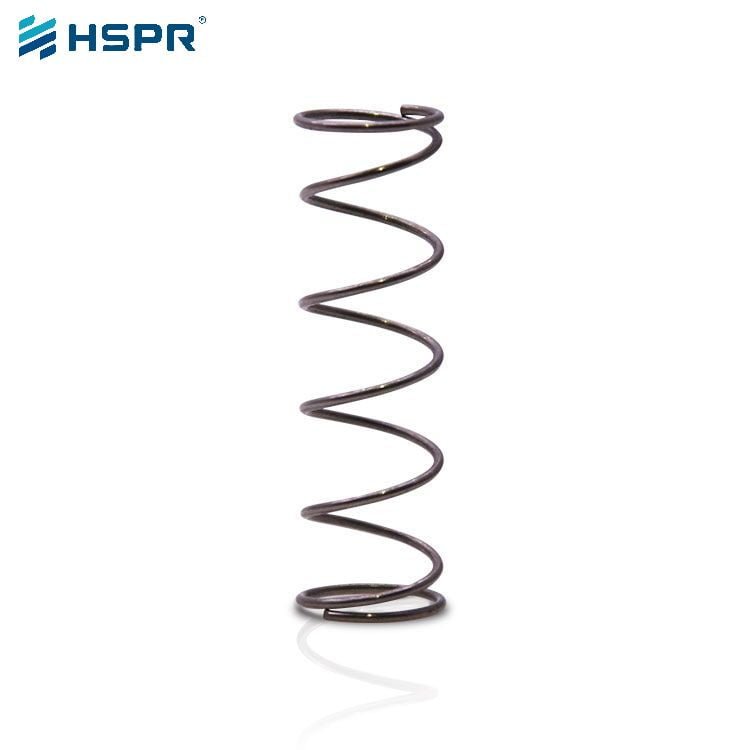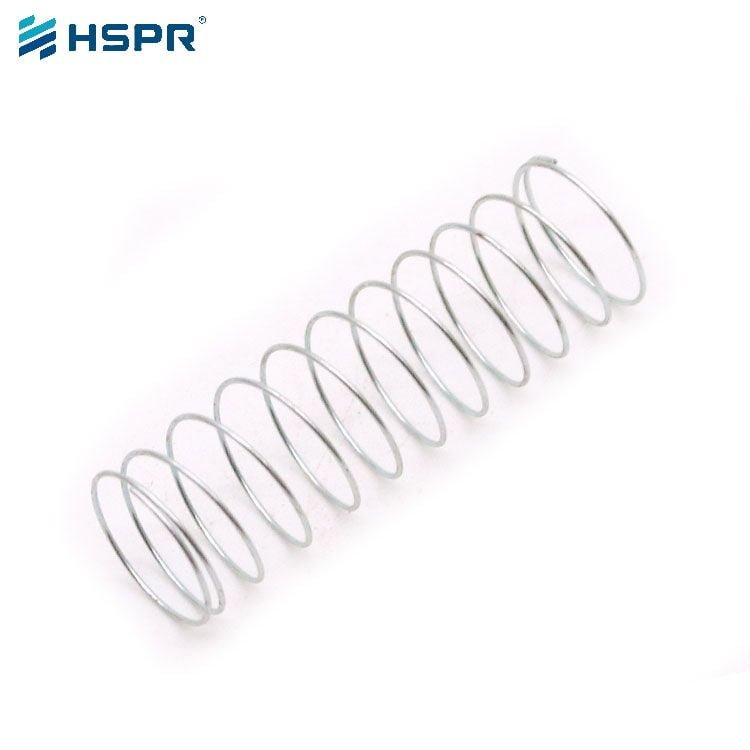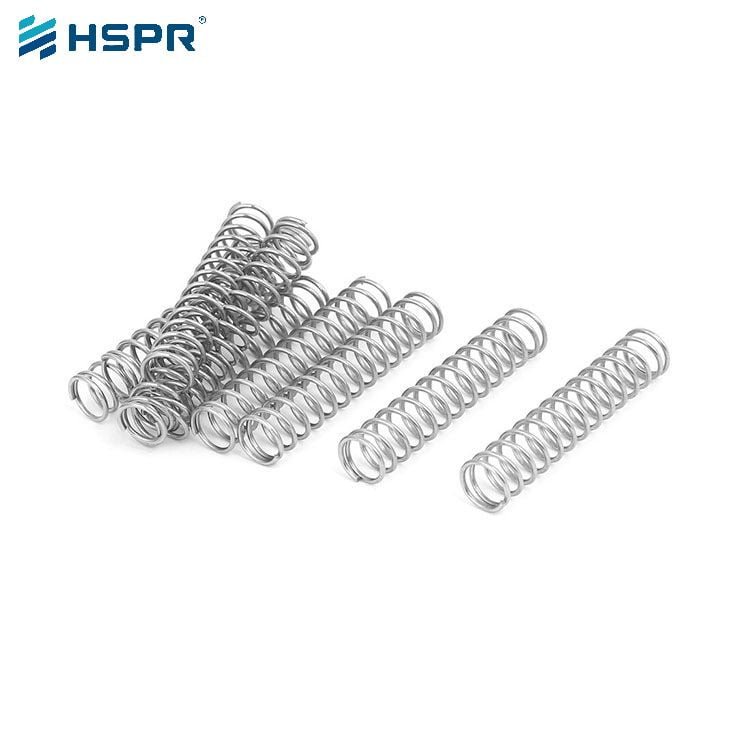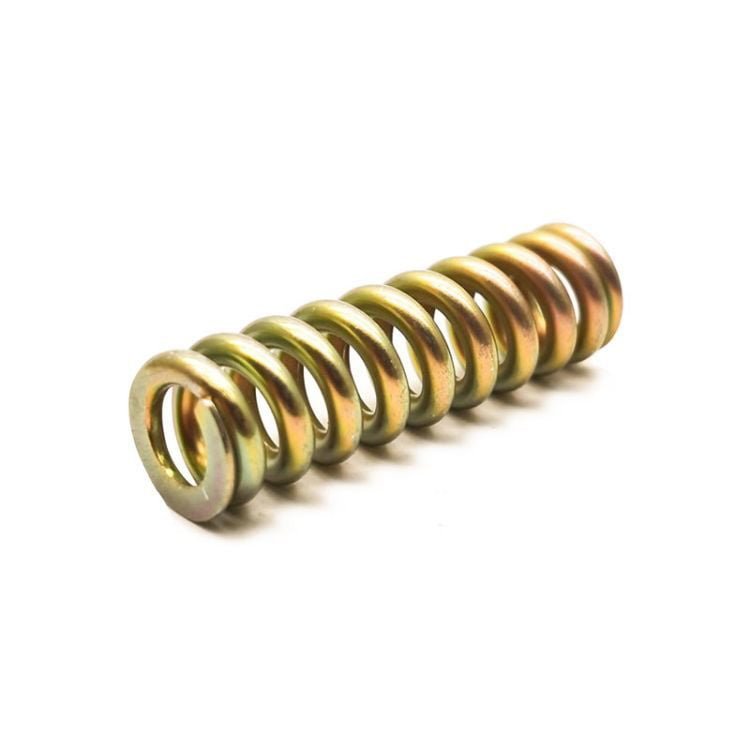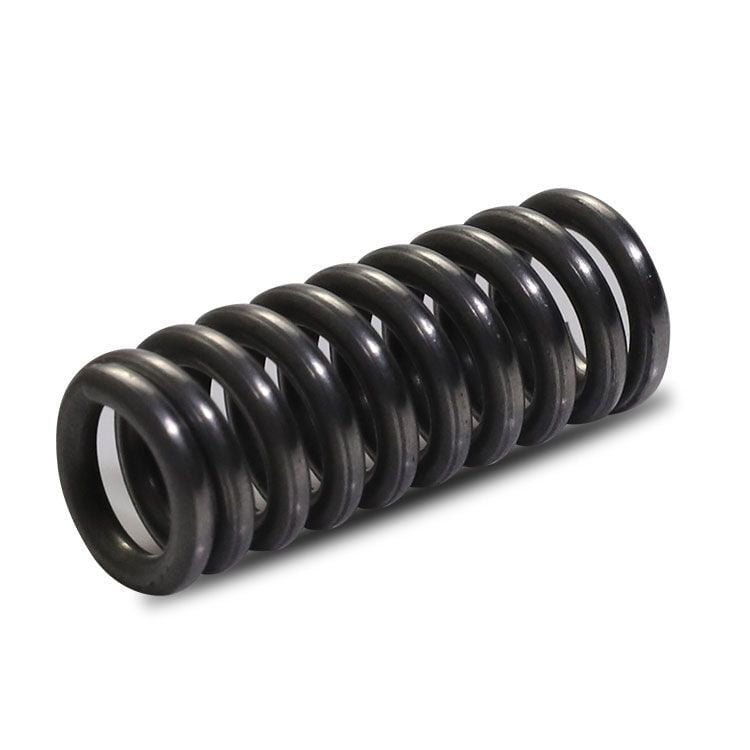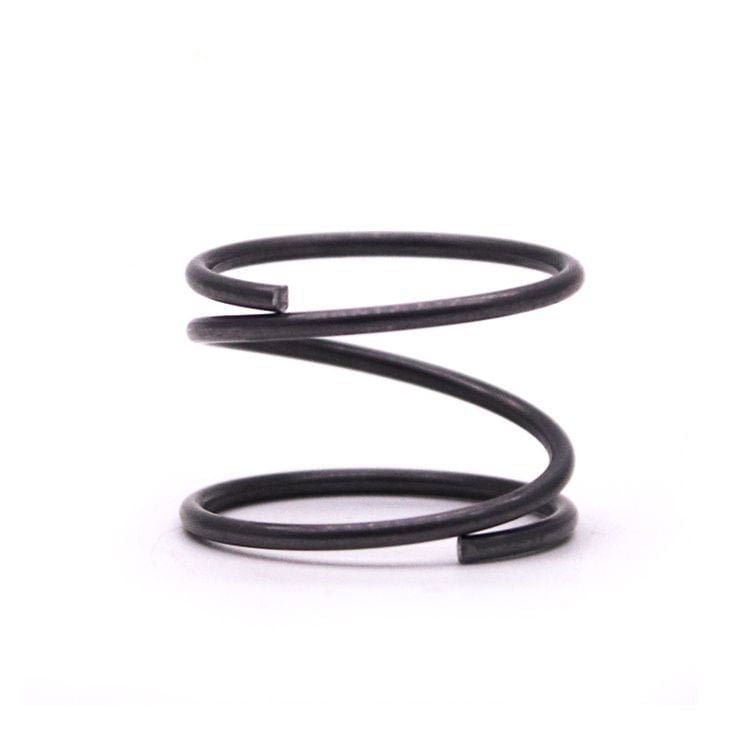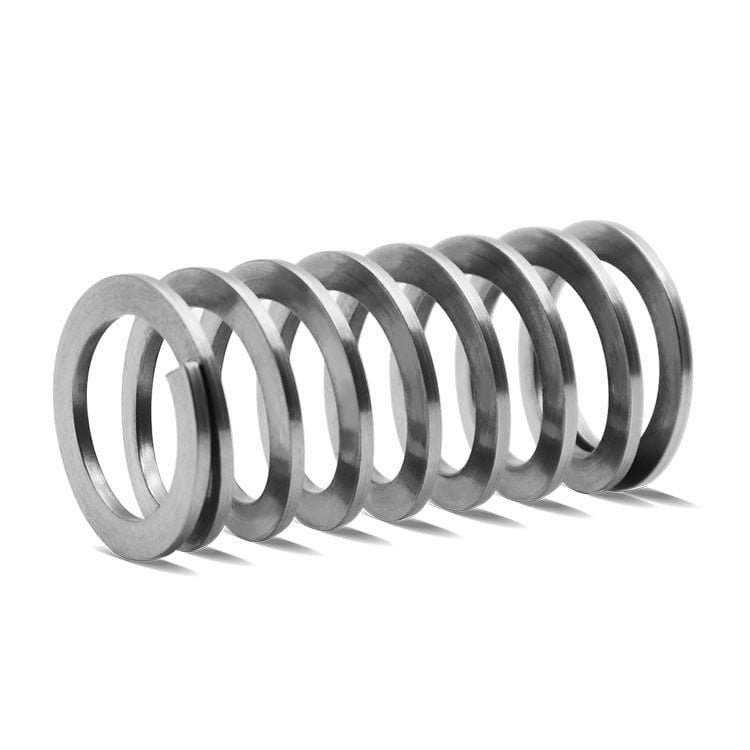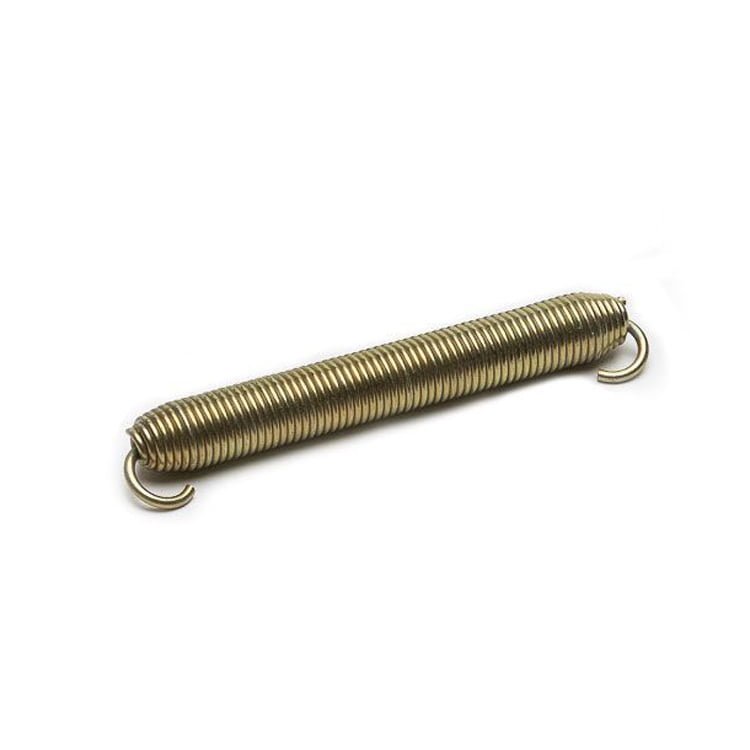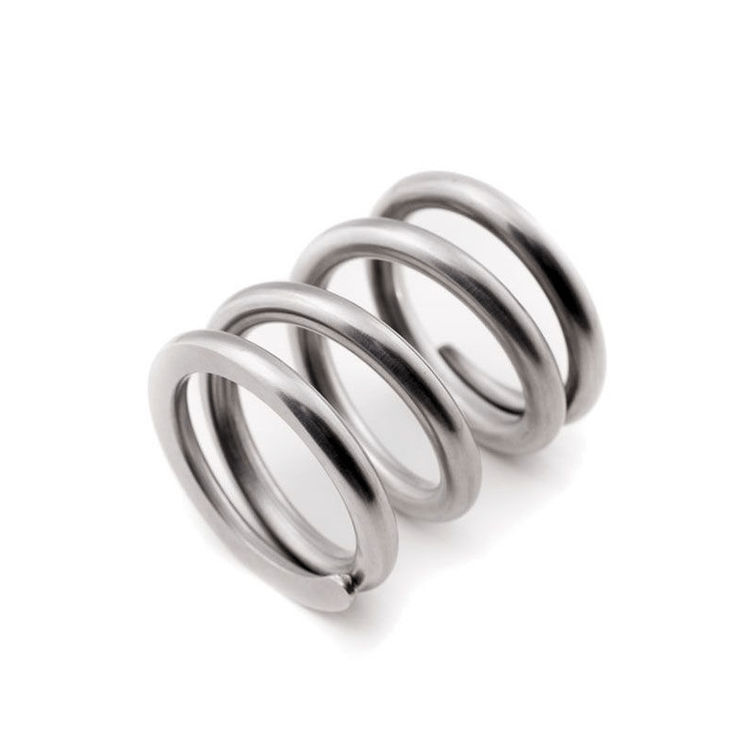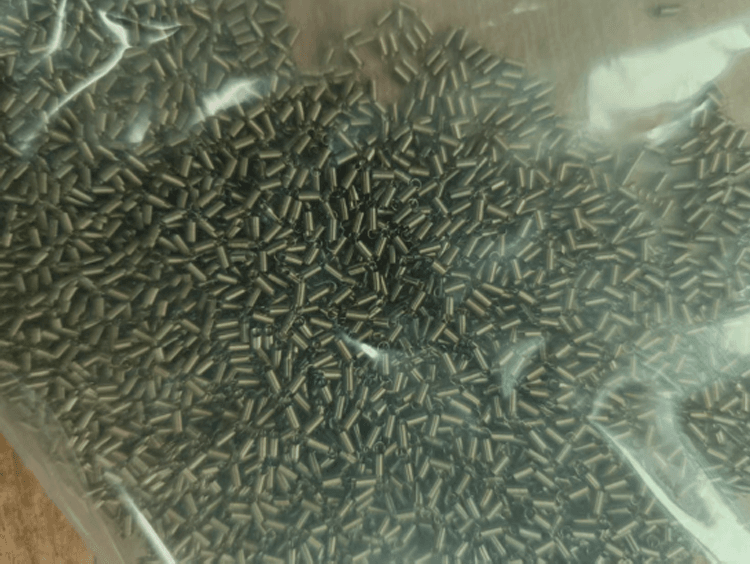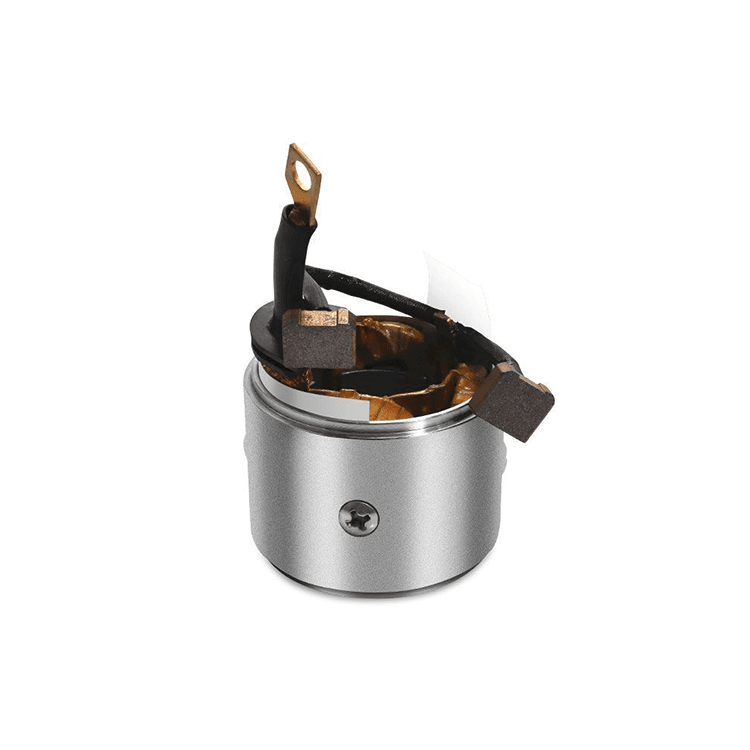Soft compression springs
Soft compression springs is a mechanical component with elastic deformation ability, can withstand the axial pressure of the helical spring, its cross section is mostly circular, but also useful rectangular or other types of production.
Advantages of soft compression springs:
- Elastic deformation: soft compression spring has strong elastic deformation ability, when under pressure, it can compress deformation, store and release energy.
- Load support: It can withstand the pressure load perpendicular to the axis, provide stable support force, and maintain the balance and stability of the mechanical device.
- High durability: After precision machining and surface treatment, it has high durability and fatigue resistance, and can work stably for a long time.
- A wide range of load adjustment: by adjusting the material, diameter, wire diameter, number of turns and other parameters of the spring, you can achieve the application needs in different load ranges.
- Easy installation: Usually only need to insert it into the corresponding hole or fixed device, with high installation efficiency.

When selecting and customizing soft compression springs, the following factors need to be considered:
- Load requirements: According to the application needs to determine the load that the spring can bear.
- Strain requirements: Determine whether the amount of deformation of the spring under pressure is required by the load.
- Durability: Consider the life and fatigue resistance of the spring.
- Working environment: It is also necessary to consider the working environment of the spring, such as temperature, humidity, corrosion and other factors on the spring material.
- Material and size: Select the appropriate material and size according to the application requirements, such as the wire diameter, diameter, number of turns of the spring.
Precautions for the use of soft compression springs:
- When the soft compression spring is used, it is necessary to follow the relevant safety specifications to avoid excessive compression or tension leading to spring damage or failure.
- Check and maintain spring components regularly to ensure that they are in good working condition.
- When replacing or repairing the spring, it is necessary to choose a substitute with the same or similar performance as the original spring to ensure the stability and safety of the equipment.
Soft compression springs and hard compression spring have significant differences in many aspects, these differences are mainly reflected in the material, design, performance characteristics and so on. Here’s a breakdown of the differences:
Materials
Soft compression spring: generally made of alloy steel, copper, aluminum and other materials with good elasticity, these materials have good flexibility and ductility, so that the compression spring has a large deformation when it is compressed.
Hard compression springs: Usually made of high-strength steel, stainless steel and other metal materials, these materials have higher hardness and strength, so that hard compression springs can withstand greater pressure and weight in a smaller space.
Design
Soft compression springs: pay more attention to cushioning capacity and deformation performance, its elastic curve is relatively gentle, can produce a large deformation under a small compression force, so as to play a good cushioning role.
Hard compression springs: pay more attention to bearing capacity and strength. The shape of the hard compression spring is relatively simple, and it can maintain a stable shape and performance under greater pressure.
performance characteristics difference
Soft compression spring: with low elastic stiffness, it can produce large deformation when subjected to external force, so as to absorb and disperse the impact force. This makes soft compression springs perform well in situations where cushioning and shock absorption are required.
Hard compression spring: has a high elastic stiffness, can be quickly restored to the original state when subjected to external force, and provide stable support. This makes hard compression springs more suitable in situations where large weights or forces need to be carried.
